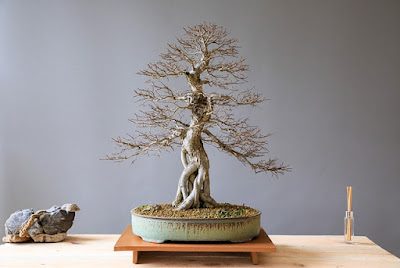Here’s a gardener’s to-do list for August, 2025, by U.S. region—when the heat is high, harvests are rolling in, and a season’s fatigue starts to show. It’s a month of maintenance, planning, and squeezing the last joy from summer before fall creeps in on golden feet.
Northeast
-
🥕 Plant Fall Crops: Direct sow beets, carrots, kale, lettuce, spinach, and radishes.
-
💧 Water Deeply: Weekly soaking is better than frequent shallow watering.
-
🌻 Deadhead: Keep flowers blooming—cut back tired annuals and perennials.
-
🪓 Divide: Now’s a good time to divide irises and daylilies after flowering.
-
🍅 Harvest: Tomatoes, peppers, cucumbers, beans—pick often to encourage more.
Midwest
-
🥬 Sow Fall Veggies: Leafy greens, turnips, and peas can still be planted.
-
🌼 Tidy Beds: Cut back spent blooms, especially on coneflowers and black-eyed Susans.
-
🌿 Weed Aggressively: Don’t let weeds go to seed this late in the game.
-
🌧️ Check for Blight: Watch tomatoes and squash for signs of disease.
-
🧄 Plan Ahead: Order garlic for fall planting.
Southeast
-
🥒 Late Crops: Sow beans, squash, cucumbers for a final summer harvest.
-
🥬 Start Fall Garden: Begin seeds indoors or in shaded beds for broccoli, cabbage, and collards.
-
🐞 Scout for Pests: Aphids, whiteflies, spider mites, and armyworms are active—act fast.
-
🧹 Prune Lightly: Trim back leggy annuals and deadhead flowers.
-
🌾 Mulch: Reapply mulch to retain moisture and cool roots.
Southwest
-
☀️ Water Wisely: Water deeply in early morning; mulch to prevent evaporation.
-
🥦 Start Cool Crops: Begin fall garden planning—start broccoli, cauliflower, and chard indoors.
-
🌼 Deadhead Flowers: Encourage another flush of bloom.
-
🌾 Weed Control: Dry weeds go to seed fast—remove before they spread.
-
🪣 Compost: Keep turning; summer heat accelerates decomposition.
Pacific Northwest
-
🥕 Plant for Fall: Beets, spinach, lettuce, and peas can still go in.
-
🌧️ Watch for Powdery Mildew: Especially on squash and cucumbers—remove infected leaves.
-
🌿 Harvest Herbs: Dry or freeze basil, thyme, oregano, and parsley.
-
🧄 Order Fall Bulbs: Tulips, garlic, daffodils—get ready for September planting.
-
🍅 Stake Tomatoes: Heavy fruit needs support this time of year.
Mountain West
-
🥬 Fall Crops: Direct sow spinach, kale, lettuce, and radishes.
-
🌻 Harvest Daily: Zucchini and cucumbers can get oversized fast.
-
🧤 Protect From Heat: Shade cloth can help young fall crops survive hot days.
-
🌸 Deadhead Perennials: Encourage rebloom on echinacea, salvia, and more.
-
🧪 Check Soil Moisture: Especially for containers and raised beds.
California
-
🥗 Plant for Fall: Start brassicas and leafy greens from seed.
-
☀️ Irrigate Smart: Use drip irrigation or early morning watering to conserve.
-
🐜 Control Pests: Watch for whiteflies, spider mites, and scale insects.
-
🌸 Late Summer Color: Plant zinnias, cosmos, and sunflowers for continued bloom.
-
🪓 Prune Lightly: Cut back leggy herbs and annuals; remove dead foliage.
August is a balancing act—between heat and harvest, hustle and rest. The wise gardener tends with purpose, plans with vision, and lets the sweat of August sow the beauty of fall.
Return to GoGardenNow.com









